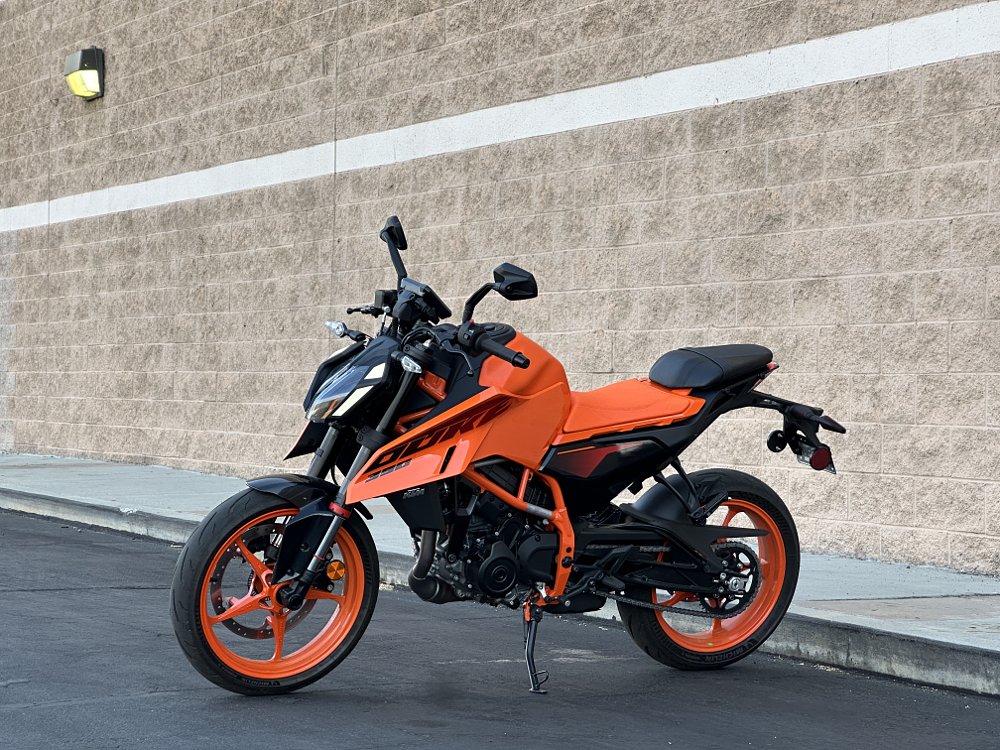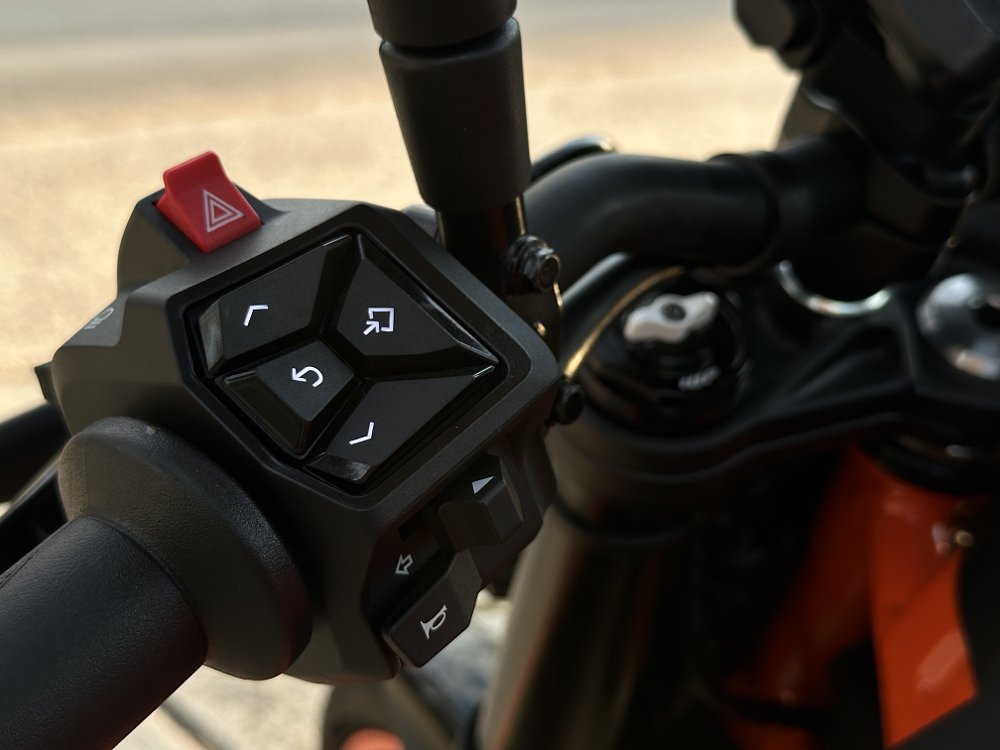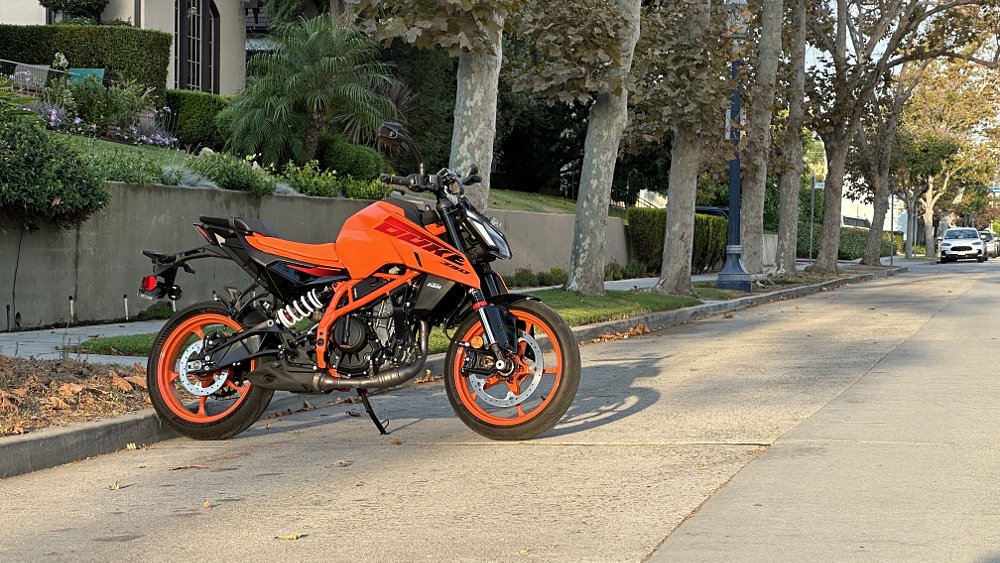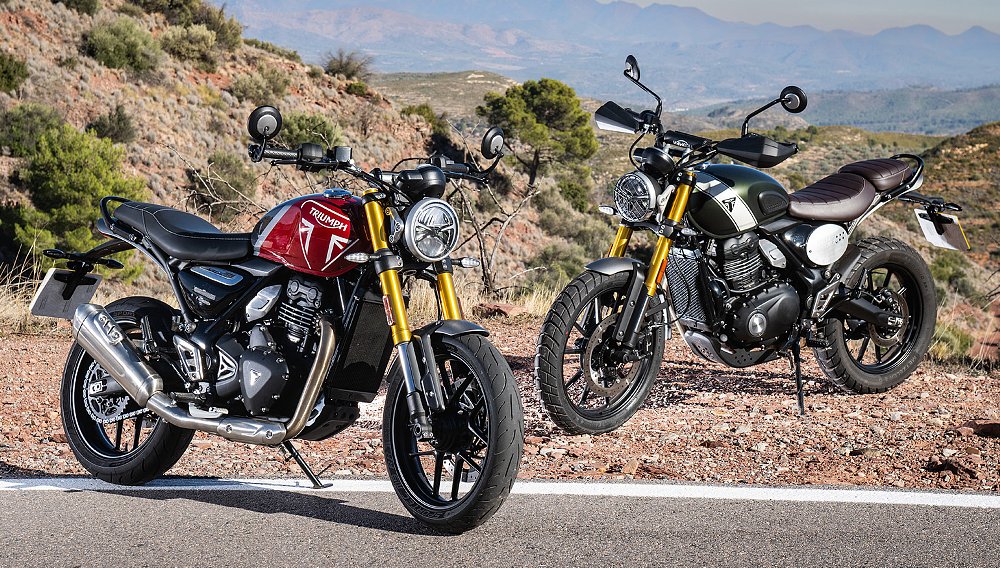I ended up in an argument with a KTM representative recently about manufacturing motorcycles in India. They believe the bikes are good and I said no, they are not. Here’s the thing: I think we’re both right.
This is an issue I’ve been grappling with a lot lately, having ridden and reviewed Aprilia's RS 457 as well as the KTM 390 Duke and Triumph Speed 400. Each of those machines (along with BMW’s G 310 models) has its own constellation of pros and cons, but they share one broad attribute, which is that they don’t feel truly related to any of their Euro-born siblings. They’ve got the badges on the tank and the same fonts on the dash, and that’s just about it.
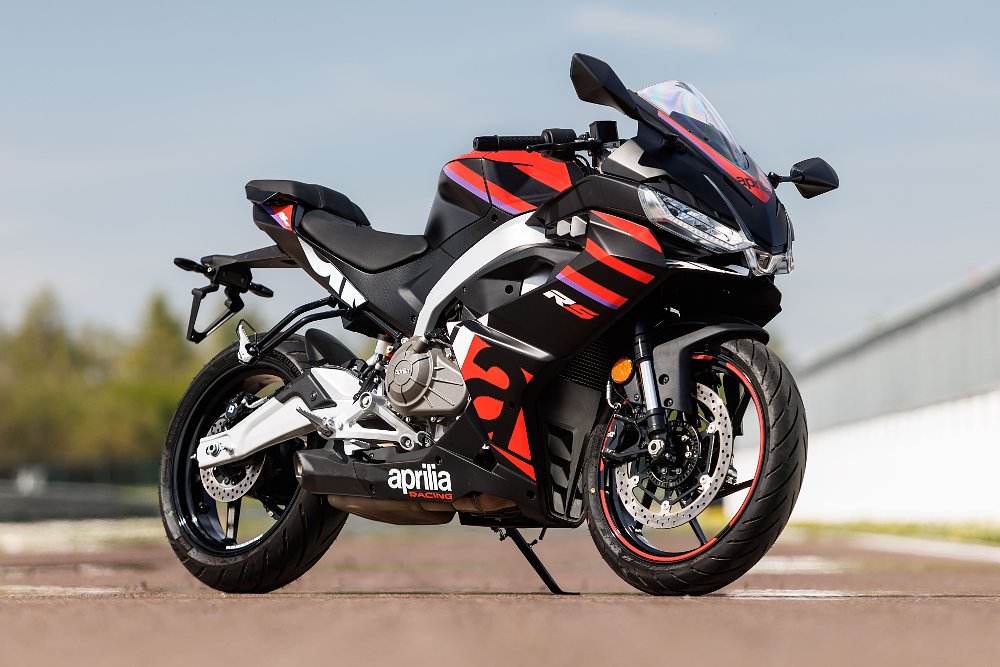
As someone who has always tried so hard to be critical of motorbikes, the flaws feel glaring and obvious in a way that I just have to talk about. Holes in power delivery, jittery fueling, hot and cold stalling, odd ergonomic mistakes, the list goes on. Maybe most maddening of all, bikes like these are often dripping with features and adjustability that seem designed to mask the foundational errors. I don’t like it.
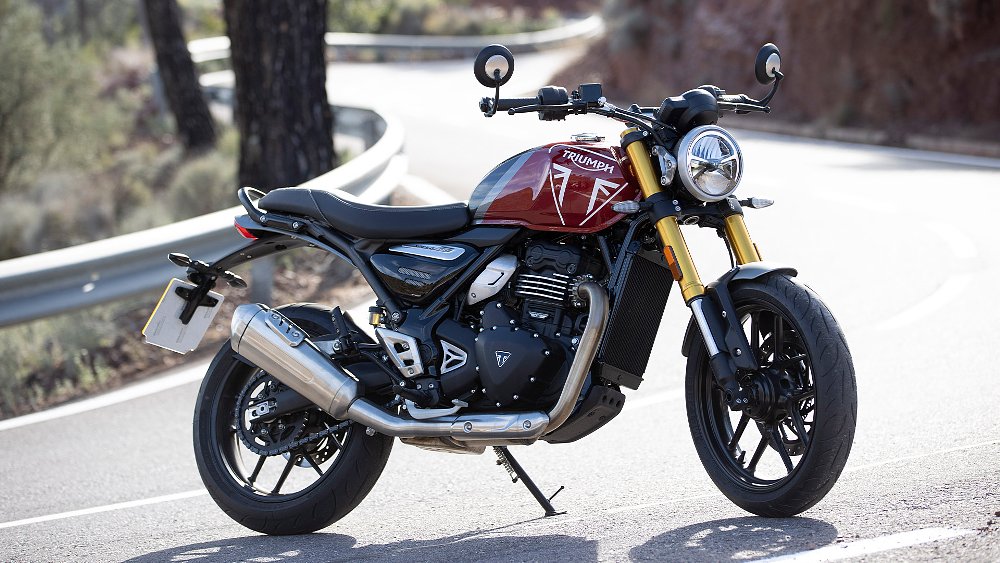
On the other hand, when I asked Indian moto-journo extraordinaire and friend-of-CT Sagar Sheldekar about the 390 Duke specifically, he explained that in India the bike has been a hit since it was first introduced. “It was the first performance motorcycle that we [in India] had access to, back in the day” he explained. The current version of the 390 Duke holds many of the same characteristics and for the most part people love it. He used words like “exciting” and “premium” to describe it. In the Indian market it’s a relatively large and luxurious machine, stands as a good value, and offers some options that are otherwise out of reach for most buyers.
The most obvious concept at work here is that the baseline for American motorcycles has been set with more expensive and sophisticated machines, whereas in other countries the status quo is lighter, smaller, simpler bikes. That’s easy enough to see. So, am I just a spoiled, first-world jerk? That’s not the whole story, I promise.
It’s worth mentioning that for European companies such as Aprilia, BMW, KTM, and Triumph, the domestic Indian market represents massive opportunity for growth, and the primary purpose in making these smaller motorcycles that we are talking about is to get a slice of the world’s largest motorcycle market. In other words, selling these bikes in the U.S. market is a cherry-on-top goal, not the primary purpose.
That’s when the responsibility lands on the manufacturers themselves, not in relation to where motorbikes are built but how they are presented. If the truth is that the bikes in question are built in a different market for a different market, when they land on U.S. shores that’s not the story we hear.
Instead, what we’re told is that these are smaller versions of everything we’ve come to love about [insert brand]. The sound, the feeling, the precision, the features; everything will be there. The RS 457 “oozes elegance and aggression” and the Duke 390 “wears the crown when it comes to carving up asphalt.” BMW says its G 310 R “carries the DNA of the BMW S 1000 R.” It’s all crafted to land in a blurry purgatory somewhere between hope and wild exaggeration.
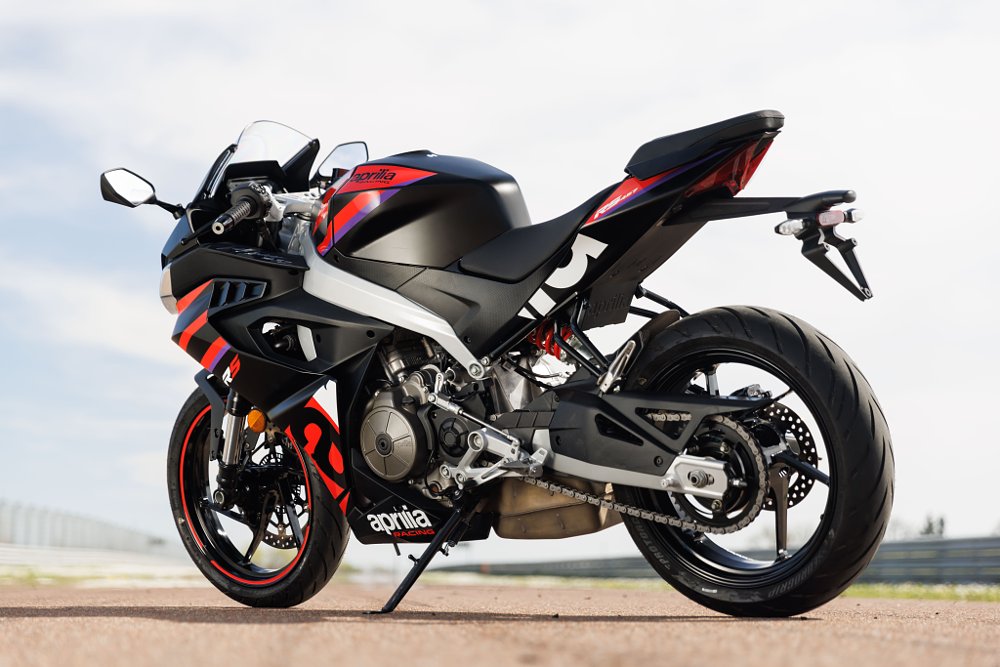
I know companies are never going to be honest when it comes to brochures. Aprilia isn’t going to say in the RS 457 marketing material that it’s “light, agile, with an unexplainable lack of power in second gear,” and I don’t expect KTM to splash across the 390 Duke home page, “class-leading performance adjustability that sometimes stalls in traffic.”
Motorcycles have long been part of a global market. Different brands from different countries have different strengths, and we all get to have fun bickering over which ones are better or more annoying. The complexities that have blossomed in the past decade are a lot more tangled than quirks associated with a nation or brand. It is now a struggle to sell the same machines to different populations of riders, each of which have unique expectations and history.
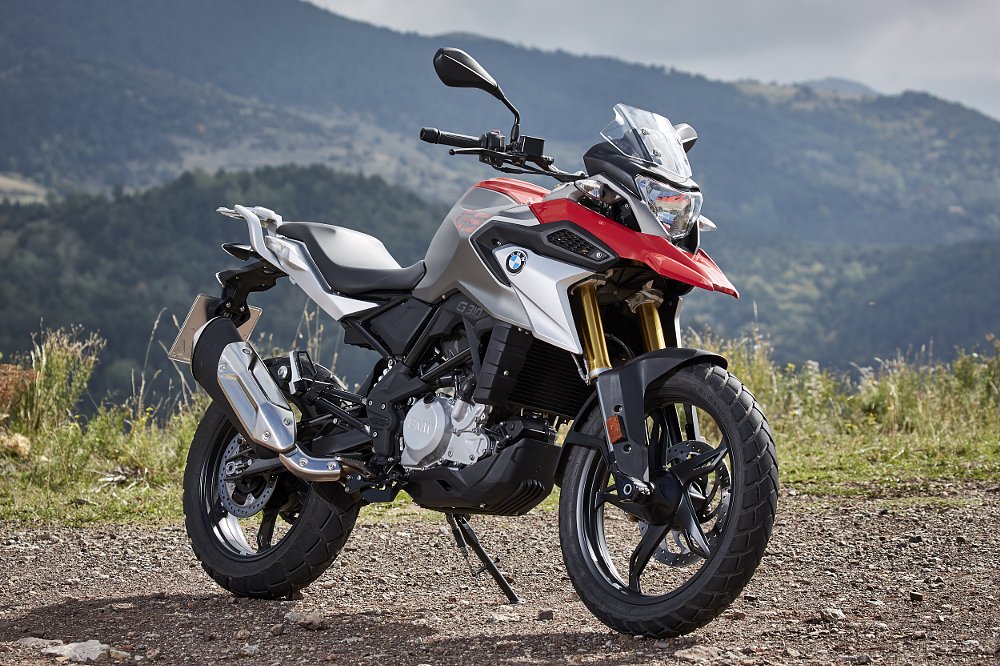
Sometimes, that works out really well. The Honda Grom is a suave, sophisticated city bike in much of southeast Asia and it’s a clunky, slow, heavy toy in the U.S. market and everyone loves it all the same. This new breed of Euro-designed, Indian-born motorcycles are different. They ask us, the riders and buyers, to interpret what a bike is supposed to be and what it isn’t based on new realities.
Ultimately, the KTM 390 Duke doesn’t have adjustable levers, suspension, and traction control in order “to mask foundational errors.” It was designed, with good intentions, to have as much technology as possible while still being small and approachable enough for certain markets. From that perspective, it’s a Zack problem, not a KTM problem.
So, are these Indian-made bikes that I’ve been complaining about sometimes rattly, cheap, and not fully baked? Or are they the most advanced and exciting versions of 400-class motorcycles that the world has ever seen? Yes, all of the above.





